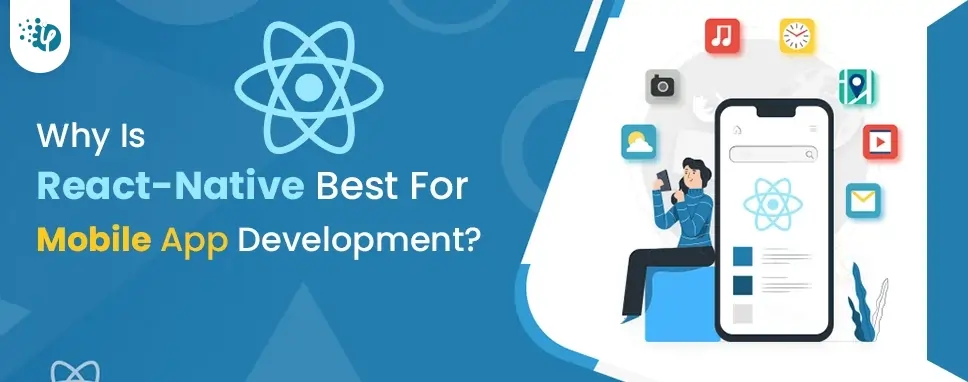The popularity of React Native as a robust cross-platform app development framework has already been established. A whole array of leading brands such as Airbnb, Wix, Facebook, Netflix, Instagram, and many others rely on React Native.
There are examples of getting quick results in traffic footfall, download volume, and business conversion after switching to React Native. Instagram, for example, became more popular because of its lucid user experience after switching to React Native in 2016.
So, the positive impact React Native can have on mobile app projects is already established. But still, if the role of React Native doesn’t seem to be convincing enough for mobile app projects, here we are going to explain the key benefits of using React Native for mobile app development.





















